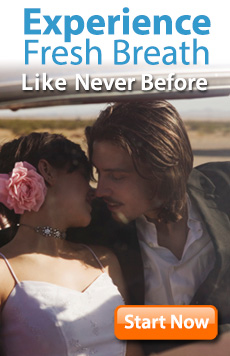Every day you are diligent about your oral hygiene. You clean your tongue with your TUNG Brush and Gel and you brush your teeth with your favorite toothpaste, right? Well you might be interested to know that brushing your teeth without that toothpaste might be a great alternative for keeping your pearly whites healthy and clean!
Yuck – no toothpaste?
Yes, we know that using a fluoride toothpaste has traditionally been the recommendation for brushing, and, of course, it certainly makes your breath taste and smell good. But interestingly enough, many dentists feel that if you alternate that minty fresh gel with a waterless and pasteless brushing, you will improve the quality of your dental care.
Why is it a good idea to skip the paste?
Dentists feel that by eliminating the use of water and toothpaste, you can better see the surface of the teeth without the obstruction of the foam and color of the toothpaste. It also makes you concentrate on areas you might sometimes neglect, such as the inner arch of the lower jaw, which is an area often associated with plaque buildup. Not only does it allow you to concentrate on more tooth and jaw surfaces, but dry brushing can also help you to see any deterioration or redness of the gums and without using water, should you see any bleeding of the gums, the source of the bleeding may be easier to pinpoint without the dispersion of any blood through the water or toothpaste.
One precaution – if you have been diagnosed with very sensitive teeth or receding gums, please consult with your dentist to see if dry brushing is right for you.
I’ll try it – how do I dry brush?
It isn’t much different than using toothpaste if you brush your teeth correctly. Just take a dry toothbrush and start to brush with the bristles cleaning the teeth located on the inside of the lower jaw. Brush up and down, and if you hold the toothbrush at a 45-degree angle you will reach more surface. Repeat on the outside of the jaw, then the inside upper jaw and outside upper jaw…you know what to do. You can also use a circular motion if it is easier for you, but try to concentrate on a couple of teeth at a time instead of a broad area.
Doesn’t taste so good – what do I do?
Don’t despair! Once you have dry brushed your teeth and have cleaned all the surfaces, go ahead and give yourself a good brushing with your favorite toothpaste. The abrasion of the dry brushing will have helped to remove plaque, germs, and tarter and the toothpaste will give you the benefits of the fluoride and that minty fresh taste and breath!


